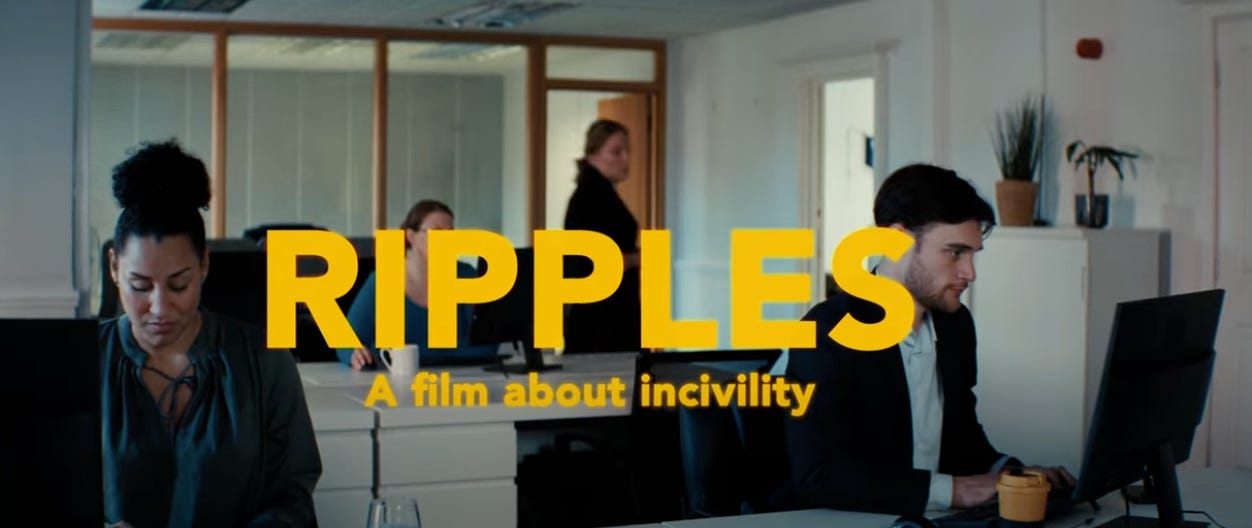What Schools Can Learn From the Science of Work
If your school is measuring engagement but not acting on it, you're not alone.
You're also missing the moment.
At last week’s annual SIOP (Society for Industrial and Organizational Psychology) conference, I sought out to find ways in which schools can apply proven workplace strategies to create better staff cultures, improve retention, and lead with intention.
Here are my top five take-aways.
1. Better Surveys Aren’t Longer—They’re Smarter
We don’t need 20 or even 10-minute questionnaires to understand talent. We need purpose-driven, 3-minute check-ins—paired with action and transparency.
Schools that show they listen (by communicating “why we asked” and “what we’ll do”) get better data and better morale.
2. Culture Grows from Civility
Eye rolls. Passive-aggressive emails. Tiny acts of incivility damage trust—and culture—quickly.
Faculty/Staff follow leadership's example. That means modeling respect, inviting dissent, and avoiding cult-like dynamics that punish dissent.
Watch the short but powerful video (click the image above or here) on the “Ripple” effect of workplace incivility to see how small acts of incivility can multiply and, over time, have consequences that lead to low morale, counterproductive workplace behaviors, and lead to people quitting.
3. Succession Planning Is Reactive. Strategic Workforce Planning (SWP) Is Strategic.
It’s not just who’s next—it’s what’s needed. Stop backfilling roles—start planning for skills. SWP helps school leaders think ahead, identify talent gaps, and invest in future-ready teams.
A helpful framework to use for strategic workforce planning: Assess → Identify → Mobilize → Sustain
Insight: SWP reveals culture and leadership gaps you didn’t even know you had, which can be remedied before they turn into inherited problems for the next head, board chair, or administrator.
4. Engagement ≠ Insight
Only 3% of organizations act meaningfully on survey data. The real work is what happens next.
Nudges, toolkits, and clear action areas turn feedback into trust.
🤖 5. AI + Emotional Labor
AI can help schools better understand staff sentiment, burnout, and belonging. Think of it as a supplement, not a solution. No, you shouldn’t use ChatGPT to analyze your internal data for sentiment. But, you can use Google Forms for staff input, then analyze in Google Sheets and link it to Google Looker Studio to create dashboards showing sentiment categories (e.g., positive/negative/neutral themes). No coding needed and it can help create visual snapshots from climate survey feedback.
In high-emotion environments like schools, insight into emotional workload is mission-critical.
Final Thought:
The most successful schools are shifting from knowing to doing. From measuring to moving. And the science of work is already here to help.
👉 Curious how to bring these tools to your school? Let’s talk.
Warmly,
Cara Gallagher
Founder, CGC
Educator | I/O Psych Enthusiast | Culture Strategist




